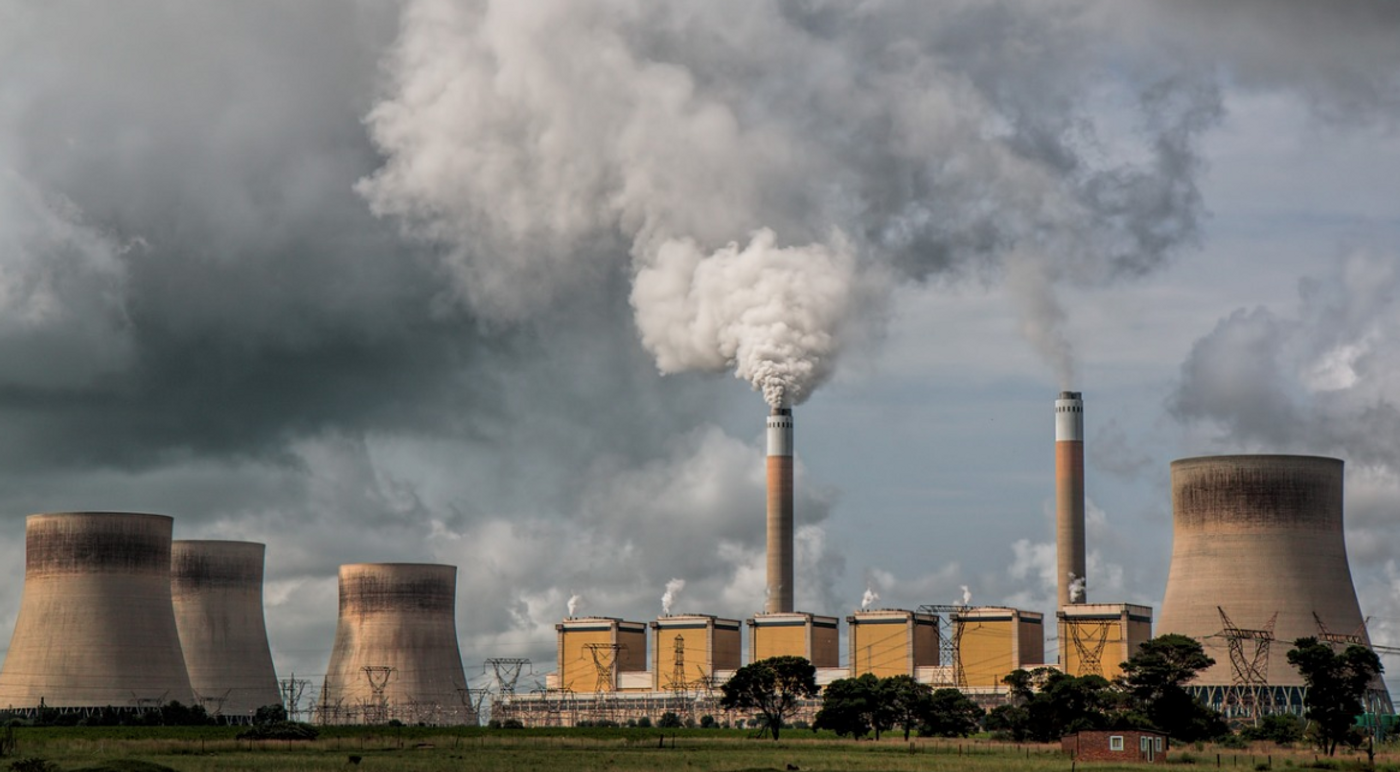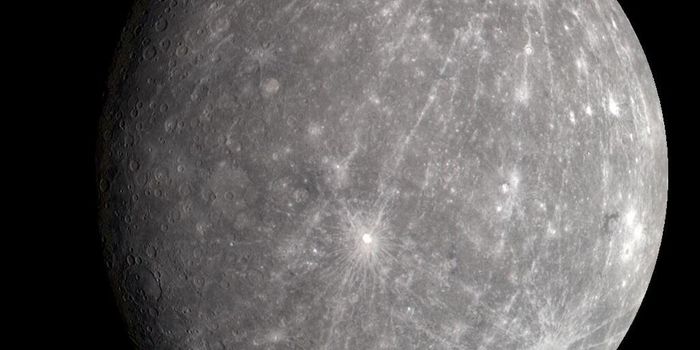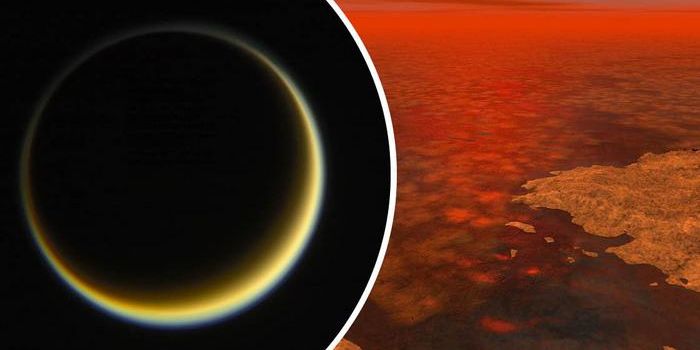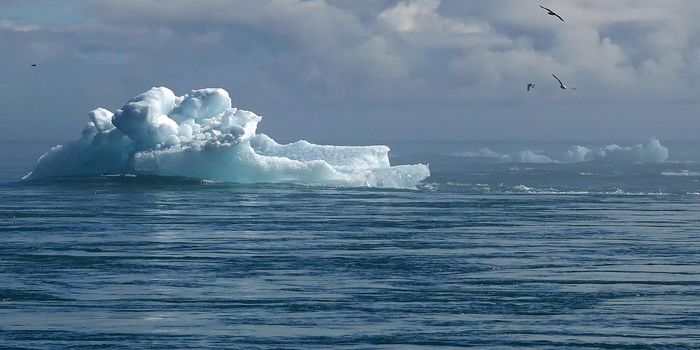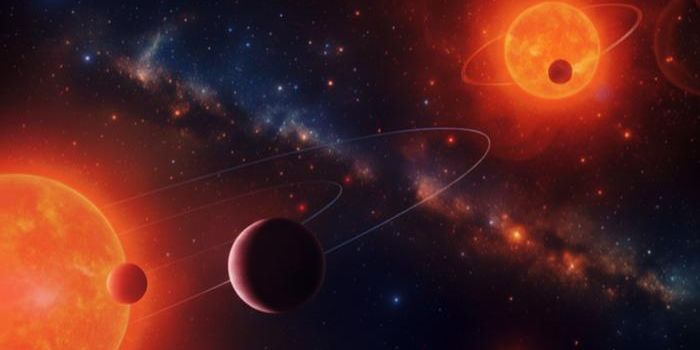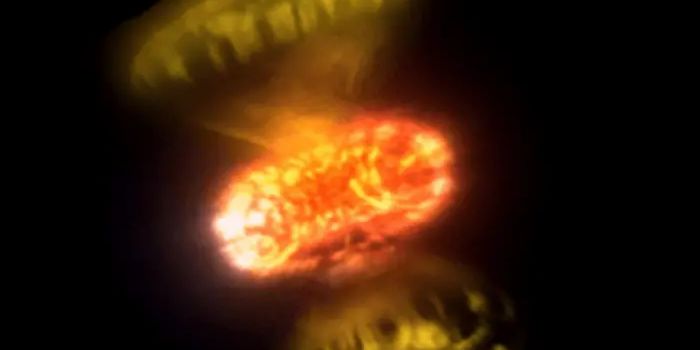New Proposal Suggests the Anthropocene Began in the 1950s
Geologists divide time into epochs or series, with subdivisions, according to major variations in rock sequences. Those divisions may be recalibrated as new evidence appears. Organizations like the U.S. Geological Survey (USGS), academics, and other experts have sought to create a unified time scale so that scientists can discuss their geologic research more easily, in terms that are commonly accepted.
In 2000, Nobel laureate Paul Crutzen proposed that the Holocene age had come to an end, and we were entering a new phase called the Anthropocene, so named because it would is dominated by human activity.
In 2015, researchers sought to define when the Anthropocenebegan, and suggested that it had started at some point between 1610 and 1964. While earlier this year, geologists formally rejected the concept that the Holocene has ended and the Anthropocene has begun, the term has already entered common use, and many scientists disagreed with the decision. Some are challenging the ruling.
Now, a new research report published in the Proceedings of the National Academy of Sciences (PNAS) has analyzed three potential candidate dates as the start of the Anthropocene.
The late 1800s was one possibility under consideration because the Industrial Revolution started at this time, lead levels began to increase all over different land areas, and there were changes in nutrient and isotope balances. Another possibility was the early 1900s, as changes could be seen in pollen around the world at that time, along with significant changes in notable isotopes, and higher black carbon levels.
But the researchers settled on the 1950s as the start of the Anthropocene, because the most significant, measurable shifts on the planet happened at that time. Organic pollutants appeared on the scene for the first time, along with plastics, microplastics, and nanoplastics. This was also when the nuclear age began, and the evidence of test blasts could be measured worldwide. The impact of global warming also started at that time. The changes that could already be observed in the 1950s were so significant, the study authors concluded it wold take thousands or even millions of years for the planet to naturally go back to how it was, if humans were no longer affecting the world.
Now, it remains to be seen if geological organizations and experts will officially state that the Anthropocene has started, and when it began.
Sources: Nature, Phys.org, Proceedings of the National Academy of Sciences (PNAS)
